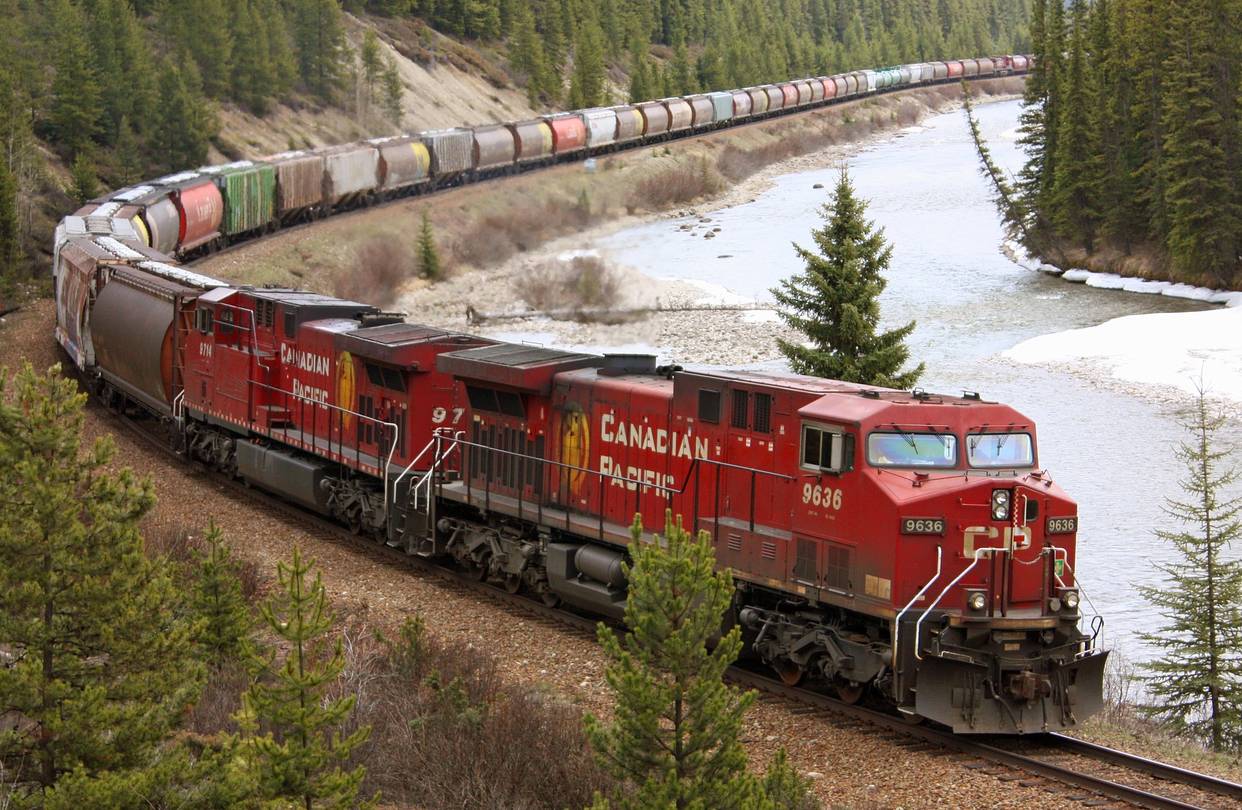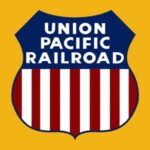Railways Pool
The transportation sector of the United States economy is composed of nine industrial groups. One particular group moves more volume of tonnage based on ton miles than any other form of transportation – railroads. In accordance with the Federal Department of Transportation, railroads move 39.5% of all freight in the US (based on ton miles, which is the length freight travels). It’s a $60 billion industry with over 140,000 miles of track. It is dominated by five major carriers (referred to as Class I Railways). Four of these carriers are publicly traded. The fifth, BNSF Railway, is owned by Berkshire Hathaway. A recent announcement by Norfolk Southern to merge with Union Pacific will consolidate this railways pool to three potential investments in the second quarter of calendar year 2026.
travels). It’s a $60 billion industry with over 140,000 miles of track. It is dominated by five major carriers (referred to as Class I Railways). Four of these carriers are publicly traded. The fifth, BNSF Railway, is owned by Berkshire Hathaway. A recent announcement by Norfolk Southern to merge with Union Pacific will consolidate this railways pool to three potential investments in the second quarter of calendar year 2026.
The key to success with this pool is determining intrinsic value. This is one of the few times that the discounted cash flows method is warranted in the intrinsic value formula. Once calculated, given the high stability of earnings, the intrinsic value is adjusted annually about four to five percent higher, depending on financial and actual performance in accordance with each railroad’s key performance indicators.
Since inception, six years ago as of 09/30/25, this pool has had the following activity results:
- Eleven (11) full buy/sell transactions earning $44,968 in realized gains.
- Nine separate sales of PUT Option contracts earning $6,736.
- Received $2,742 in dividends over this six-year period.
Total realized earnings over six years equals $54,447.
For full details, download this pdf:
The following articles articulate this railway’s pool of investments and provide all the decision model justifications, formulas, changes, and reasoning for the respective buy/sell model. You must be a member of the Value Investment Club to access the respective articles and the buy/sell model. Click here to join: Membership.
Historical analysis of railway stocks identifies that they are highly correlated with the overall economy, which makes sense given their strong relationship to the movement of freight. Thus, to have an opportunity to buy, the major indices must have retrenchment of some significant percentage, typically more than 15%. This is when opportunities to buy will come to fruition. Until then, a value investor can only wait.
Railroad Fund – Update 02/26/2020 Coronavirus Impact

Railroad Fund – Update 02/27/2020 Purchased Union Pacific

Key Performance Indicators in the Railroad Industry

56.67% Return on Investment: Union Pacific Railroad

Railroad Fund Balance 06/30/2020
Railroad Fund Status July 31, 2020
Sold 49.060606 Shares of Norfolk Southern Railroad for a 14.97% Annual Gain
Sold PUTS on Railroad Stocks

Purchased 98.2849 Shares of Norfolk Southern
Purchased 114.9557 Shares of Union Pacific

